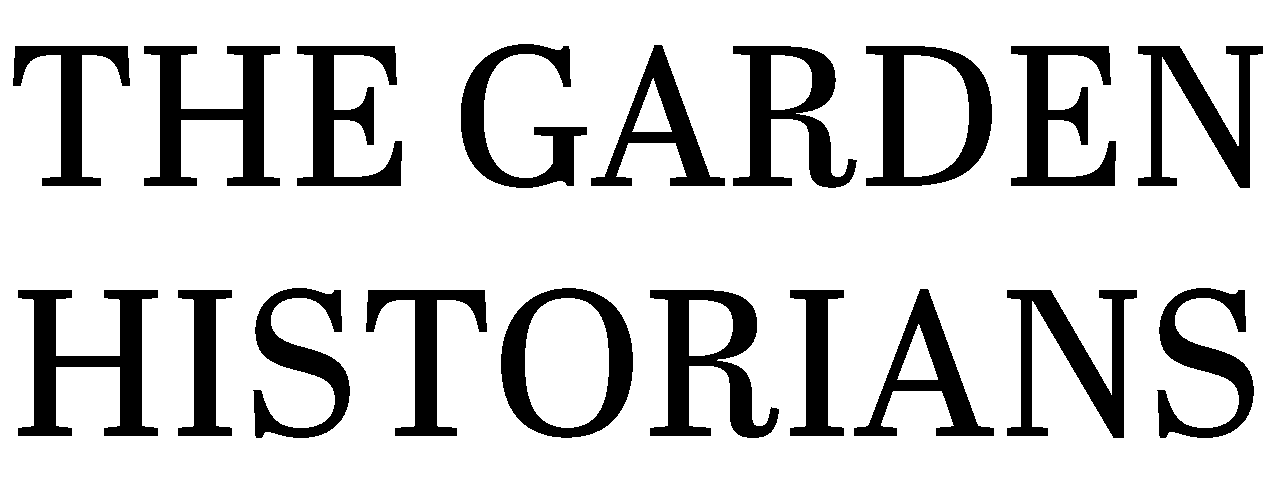
English Gardens of the late 17th century to the early 18th century.
The inspiration of French gardens and the Anglo-Dutch gardens and the evolution of the English garden in the late 17th century.
William and Mary invited from Holland to England in the late 17th century had a significant impact on English garden design. Their influence helped bring about a shift in how gardens were designed, particularly through the introduction of Dutch and Flemish styles that became integrated with English traditions. Their reign was to have an effect on garden design, with precise geometric layouts, and the extensive use of parterres and canals combined with exotic and rare plants. To show your allegiance to the new monarch you copied the garden style!
Water gardens already an element of English gardens began to metamorphose into reflecting pools and canals. especially during the late 17th century. They started appearing in royal gardens such as those at Hampton Court and St. James’s Park. Clipped hedges and the use of buxus became more popular for creating formal, structured spaces, topiary turned up in the parterres. The Baroque style was sweeping across Europe at the time, and already the influence of French and Italian gardens had filtered into English design. The grand formal layout of the Baroque gardens, symmetrical with wide axial views, peppered with sculpture in the form of fountains and statues, with mythological and antique subjects. Orangeries and pavilions became a necessity, places to sit in and also to place the new species of delicate plants in decorative pots.
This was the age when exotic plants flooded in from across the world, brought to England through trade routes by the Dutch and English East India companies. These expensive new varieties would be planted up quite sparsely in beds and parterres to allow them to be centre stage, showing them off rather than cramming them in for colour effect.
The English garden during this period became more structured, controlled, and ornamental, setting the stage for the further evolution of formal garden design. The Dutch style, combined with local traditions, gave rise to an aesthetic that would dominate English gardening well into the 18th century. With George London and Henry Wise taking the next steps at formalising even further the gardens of royalty and the aristocracy.
Topics covered include:
o William and Mary in England
o Daniel Marot
o Plant collecting and exotics
o The Privy Garden at Hampton Court Palace
o Westbury Court
o Kensington Palace
o The Brompton Park Nursery
o The formal gardens of George London and Henry Wise
o Blenheim, Longleat, Chatsworth, Burghley, Bretby, Cassiobury, Grimsthorpe, Canons, Wanstead and Hanbury Hall
Information
£250.00
10 WEEK ONLINE COURSE
Our online Zoom course will begin on Thursday 24th April 2025 from
6 pm-7.30 pm GMT.
All our Zoom courses are recorded and a link will be sent out with notes after each class.
The inspiration of French gardens and the Anglo-Dutch gardens and the evolution of the English garden in the late 17th century.
William and Mary invited from Holland to England in the late 17th century had a significant impact on English garden design. Their influence helped bring about a shift in how gardens were designed, particularly through the introduction of Dutch and Flemish styles that became integrated with English traditions. Their reign was to have an effect on garden design, with precise geometric layouts, and the extensive use of parterres and canals combined with exotic and rare plants. To show your allegiance to the new monarch you copied the garden style!
Water gardens already an element of English gardens began to metamorphose into reflecting pools and canals. especially during the late 17th century. They started appearing in royal gardens such as those at Hampton Court and St. James’s Park. Clipped hedges and the use of buxus became more popular for creating formal, structured spaces, topiary turned up in the parterres. The Baroque style was sweeping across Europe at the time, and already the influence of French and Italian gardens had filtered into English design. The grand formal layout of the Baroque gardens, symmetrical with wide axial views, peppered with sculpture in the form of fountains and statues, with mythological and antique subjects. Orangeries and pavilions became a necessity, places to sit in and also to place the new species of delicate plants in decorative pots.
This was the age when exotic plants flooded in from across the world, brought to England through trade routes by the Dutch and English East India companies. These expensive new varieties would be planted up quite sparsely in beds and parterres to allow them to be centre stage, showing them off rather than cramming them in for colour effect.
The English garden during this period became more structured, controlled, and ornamental, setting the stage for the further evolution of formal garden design. The Dutch style, combined with local traditions, gave rise to an aesthetic that would dominate English gardening well into the 18th century. With George London and Henry Wise taking the next steps at formalising even further the gardens of royalty and the aristocracy.
Topics covered include:
o William and Mary in England
o Daniel Marot
o Plant collecting and exotics
o The Privy Garden at Hampton Court Palace
o Westbury Court
o Kensington Palace
o The Brompton Park Nursery
o The formal gardens of George London and Henry Wise
o Blenheim, Longleat, Chatsworth, Burghley, Bretby, Cassiobury, Grimsthorpe, Canons, Wanstead and Hanbury Hall
Information
£250.00
10 WEEK ONLINE COURSE
Our online Zoom course will begin on Thursday 24th April 2025 from
6 pm-7.30 pm GMT.
All our Zoom courses are recorded and a link will be sent out with notes after each class.
